Images are the unsung heroes of traffic generation.
We all know that keywords, SEO, and great content can lead to more traffic.
But there are so many useful methods of getting traffic. Why use only a handful?
If you take a look through my blog, you’ll see I’ve explored some underrated strategies for increasing traffic.
(I’m a huge fan of first mover’s advantage.)
I’ve discussed getting more traffic using Google Search Console, and I’ve even looked into 301 redirects.
You don’t have to use the same old strategies over and over again.
Today, I want to give you something fresh — an SEO strategy you may have never thought of — let alone used!
I’m talking about using Google Image Search to drive more visitors to your website.
Most online content is a balance of text and images.
Text gets a lot of attention, and it’s definitely important.
But images are important too.
Really important.
Sometimes, it’s easy to forget that images are also content. In fact, images are an essential part of any content marketing effort.
And if people are searching for written content, it makes sense they’ll also look for visual content.
That’s where Google Image search comes into play.
How much traffic does Google Images get? How much does it generate?
It’s hard to get at big, raw numbers.
Why? Because, Nate Smith, former Product Manager on Google images said this: “This is not a publicly disclosed statistic.”
Okay, but does that mean we know nothing?
I was able to find out a few things while trolling Quora for information.
- 10.1 of all Google traffic is for images.google.com. Since 55% is for google.com, and 24.7% is for mail.google.com, that shows you how big of a traffic chunk images are receiving.
- Daily pageviews of Google Images is greater than 1 billion! That tidbit comes from Benjamin Ling, Director of Search Products at Google. And get this. That number is seven years old! If we were to plot the growth of that number corresponding to the relative growth of Google over time, we could safely assume it’s way higher today.
- Google Images has indexed over 10 billion images. In 2010! Again, over the past seven years, the number of indexed images has probably mushroomed.
Basically, we’re dealing with some huge numbers.
And let’s not forget that ordinary ol’ search results often bring up image results. Many searches have an image intent, so Google serves up something like this.
My point is this. Google Image search is an untapped mother lode of potential traffic for your website.
And, until today, you’ve probably done zilch to tap into it.
That’s about to change.
You can hack Google Image search to bring in more visitors to your website.
I’ll show you exactly how to do it.
Optimizing your images for Google
Before we talk about getting more traffic with your images, we have to talk about how to optimize them.
If you’re familiar with SEO basics, you’ve probably already got this.
Optimizing images is similar to optimizing pages on your site for Google.
In fact, images rank much like sites do.
Just like the text version of Google search, there are different positions, and some are better than others.
The very first image is equivalent to being in position 1 on page 1 of the SERPs.
However, Image Search is more densely populated with results. There are roughly 4 or 5 images on each row.
And, from the perspective of visual perception psychology, people tend to have a different response to image results over text results.
Notice that each image SERP is super long. I’m talking about hundreds of images for the average keyword!
It seems like the page goes on forever.
It does eventually come to an end, but you have to scroll down pretty far to see it:
This naturally leads to the average user sifting through a lot of images.
Does that mean image SEO is worthless? Certainly, someone could find your image even if it’s not a top result, right?
Not exactly.
There’s a good chance your image could get lost in the SERPs if you don’t optimize it.
So how exactly do you optimize your images?
You have to use image SEO.
I’ve written about image optimization before, but I’ll cover it in brief here.
First, edit your file names. This is a small but overlooked part of image SEO.
Most cameras will default to a naming scheme that’s not user-friendly (or search engine friendly). A lot of picture files, for example, are automatically titled something like DSC_0001.jpg.
You want to rename your files to reflect the contents.
For example, this image of me has the file name “widget-about-2.png.”
It’s in the about widget, so I titled the file accordingly. (The 2 means there was a previous version of the photo.)
Second, always modify your image’s alt tags. Alt tags are bits of metadata that tell search engines what your images are.
Editing alt tags is a double whammy. You help search engines index and rank your image better, and you get a tiny SEO improvement from it.
The perfect alt tag description is short and keyword rich.
Since the purpose of alt tags is to help visually impaired users, you need to create alt tags that serve that purpose.
Each alt tag should be an accurate description of the image. Don’t try to take advantage of search engines by with keyword stuffing.
Back to that image of me:
It’s right above my about section, so the alt text is simply “About Neil Patel,” just like the text on the page.
See how simple it is?
There’s nothing complicated here at all.
It’s straightforward and to the point. That’s what all your alt tags should look like.
Third, compress your images.
Ideally, you want your images to be as large as possible yet take up as little storage space as possible.
That seems like a contradiction, but you can actually achieve this thanks to compression.
Tools like Compressor.io or Optimizilla.com will help you minimize the storage size while retaining image quality.
Now let’s explore some ways to use Image Search for extra traffic.
Create your own unique images
I’m not afraid to say it: Stock photography sucks.
Okay, not all stock photography is awful, but if you’re consistently using stock photos, you’re doing your site a disservice.
Most stock images lack personality, and they certainly don’t reflect your brand. That’s why they’re stock, after all.
Original images will beat out stock images any day of the week.
Don’t believe me? Take a quick test!
Below are two similar images. Which one do you think is a stock photo?
If you guessed the second one, you’re right! The first one is from Sprudge, and the second is a royalty-free stock picture from Pixabay.
You can almost always tell when a site has gone the extra mile to create original media that’s part of its brand.
That’s just one of many reasons to create your own images.
Let me throw in a quick caveat.
Sometimes, you just have to use stock images. Maybe you don’t have the resources to create custom images.
And that’s totally okay!
Often, stock images speak to readers in a way that they expect, and that they are accustomed to.
For example, I’ve found that my blog performs quite well when I use a single stock photo as the theme image for each article.
The article you’re reading now has a stock image at the top.
And I do this with most of my articles.
So, don’t stress about always having to use a custom image!
However, for an extra SEO edge, you should give some thought to using custom images.
Why?
The biggest benefit of making your own images is directly related to SEO.
Original photos can be traced back to only your website.
Why does that matter? If someone is looking for images to use, they probably want to give credit in the form of a backlink.
If you use a stock photo, your site isn’t the original source. That means people could link to the stock image site instead of yours.
The good news is that most people want to use original images and not stock ones for the exact same reason I mentioned earlier.
So if your images are original, high quality, and visually appealing, they’re more likely to be selected.
But more importantly, these images will appear on your site first in the SERPs.
Let me show you what I mean. If I search “content marketing pyramid,” these are the results I see:
The image appears on several sites, but the first position result is from the original source:
If someone stumbles across several versions of the same image, they’re likely to choose the first result just out of convenience.
This strategy is directly related to the way Image Search works.
If your page receives a decent amount of traffic and your image is a top result for a keyword, you’ll likely end up in the first position of Image Search.
And that means more traffic.
As a bonus, using custom images means that your site will look a whole lot better than it would if you used only stock photography all the time. Win-win!
Find related image keywords
Here’s a cool hack you can use with Image Search.
First, let me explain why you need to find several image keywords.
Just like any piece of written content, an image also has a focus keyword. This is what goes in the filename and alt tag.
In this example, the keyword is “vintage shoes.”
However, you can’t stop at your focus keyword.
Latent semantic indexing (LSI) keywords are also important.
It sounds complicated, but LSI keywords are simply keywords that are related to your focus keyword.
So for example, if your focus keyword is “Boston mechanic,” you might use “Boston engine repair” as an LSI keyword.
LSI keywords give your keyword strategy more variety.
Take a look at this chart for some of the advantages of LSI keywords.
LSI keywords are usually more specific than focus keywords. They cover more ground, which helps more readers find your content.
You might have used LSI keywords for text content, but you can use them for images too.
Even two keywords that are pretty similar can yield very different image results.
When I search “content SEO,” here’s what I get:
But when I search “content optimization,” I see different images:
Even though the two keywords are synonymous, Image Search has unique results for each one.
So your LSI keywords can reach a completely new audience.
Conveniently, Image Search is also a rich source of image LSI keywords.
At the top of the Image Search SERPs, there’s a list of related search terms:
This is an awesome resource for image SEO.
These are queries that people are actually searching. And you get a ton of them.
Just click the arrow on the right side to see more suggestions.
That’s a boatload of free keyword suggestions, and you barely have to lift a finger.
It gets better. You can run these keywords through Google’s Keyword Planner to find more information on each keyword.
It’s a super easy way of finding LSI keywords, and it’s all completely free.
You can also find some long-tail keywords using this strategy.
Long-tail keywords function a lot like LSI keywords. They both extend your focus keyword and bring in more traffic.
Long-tail keywords can perform well in alt tags. While you don’t want to use them all the time, you should use them for the images on your 5-10 most popular pages.
Image Search suggestions are great for this purpose.
Here are a few of the suggestions that Image Search brings up when you search for “car rental.”
You can easily turn these into long-tail keywords: prom car rental, vacation car rental, etc.
That’s even more traffic with just a few seconds of extra work.
You’ll expose your brand to new audiences, and you’ll get another SEO boost from it.
Use relevant images
This sounds like obvious advice, but there’s more to it than meets the eye.
By “related,” I mean images that are directly related to the overall topic.
This shouldn’t be a problem, right? As it turns out, you can get thousands of visits because of images that have nothing to do with your site.
Elisa Gabbert wrote on WordStream that most of her Image Search traffic comes from people who are searching for “Jeff Bridges.”
Why? There’s a grand total of one image on her blog featuring the actor.
And yet that’s her number one referrer of traffic via Image Search.
This is a big problem. People searching for “Jeff Bridges” don’t want to read a blog.
Apply this to your own site.
For example, say you have a blog on sales and you just wrote an article called “What Salespeople Can Learn from Jeff Bridges.” (I did say this was just an example!)
If you use an image of Jeff Bridges, you could have the exact same problem.
The majority of people who are looking up pictures of Jeff Bridges aren’t interested in reading a sales article. They’re more likely to be interested in entertainment news or gossip.
Or maybe that want something along the lines of Jeff Bridges “young,” “wife,” “dude,” or “iron man.”
Once they find out your site is about sales, those visitors might bounce.
To prevent this from happening, you need to use images that closely correlate with your topic.
To do that, I recommend infographics.
I have first-hand experience with infographics because I used to make a lot of them.
An infographic is perfect for enhancing your SEO with related images and adding rich detail to your content at the same time.
Infographics can drive thousands of visitors and build your authority in no time.
That said, you don’t need to make an infographic for every piece of content you produce. But you do need to use images that are tied to your niche.
This process qualifies your traffic for you. It ensures that the people finding your images are people who will be interested in going to your site and looking at your content.
It also improves your image SEO. Everything about your images will be connected to your site’s topic, and that will organically increase your traffic.
Watermark your images
Watermarking is standard practice for many photographers and artists, but strangely, you don’t see bloggers doing it that much.
Most blogs think that watermarking is just for copyright purposes.
True, that’s a great benefit, but it’s not the main advantage for the blog.
Watermarking your images can bring in even more traffic than simply optimizing your image and making sure it only appears on your site.
You might have noticed that the image of the content marketing pyramid was watermarked.
It tells people where the image came from, but it does so with a link.
So anyone using this image not only knows who to credit but also where to go to find similar content.
This particular image even has a complete sentence that reminds viewers to give credit. You don’t have to do that, but it can’t hurt either.
Some images have extra details in the watermark like this graphic does:
It features both a URL and a social media handle.
That’s a good way to get traffic to your site and your social profiles. If someone visits your social pages, they’ll often visit your site too.
I recommend using a prominent watermark like this image does:
(This watermark is also branded with the site logo, which is a nice touch.)
If your watermark is too small, people may miss it entirely.
Some watermarks should be bigger than others.
For example, if you’re watermarking a header image with your URL, the watermark can be quite big.
But if you’re watermarking a smaller photo, you don’t want to take up a huge part of the image space with your business name or URL.
You might be asking yourself if you should watermark all of your photos or just some of them.
Ultimately, that’s up to you. There are no right or wrong answers.
Keep in mind that watermarking your images will help people find your site no matter where the image is shared.
So if you want to make absolutely sure that you get the most traffic possible, watermark all your images.
Conclusion
Sometimes when I tell clients to try image SEO, they look at me like I’m crazy.
They insist that things like keywords and meta descriptions are more important.
Overall, they’re right, and I don’t want to blow images out of proportion.
You should focus on all the basics first.
But images are super important, especially if you’re in an advanced phase of SEO.
People need images for all kinds of reasons. Some people need them for articles, while others need them for videos.
The point is, people are always looking for images.
That’s why driving traffic through Image Search is so powerful and so easy.
It’s one type of search that most marketers and SEOs don’t focus on.
Don’t you want people to find your images? Then you know what to do.
Before I sign off, I want to say one more thing about images.
I say this about written content all the time, and I’ll say it about images: No amount of SEO will help you if your content is bad.
It’s kind of harsh, but it’s true.
If your images aren’t high quality, people won’t want to use them.
Even if you got an image on page 1, position 1 of the Image Search SERPs, it wouldn’t guarantee that people would actually use it.
The first step is to work hard to create eye-catching images.
Then you can optimize them and watch your organic traffic go up.
What’s your experience with image SEO?
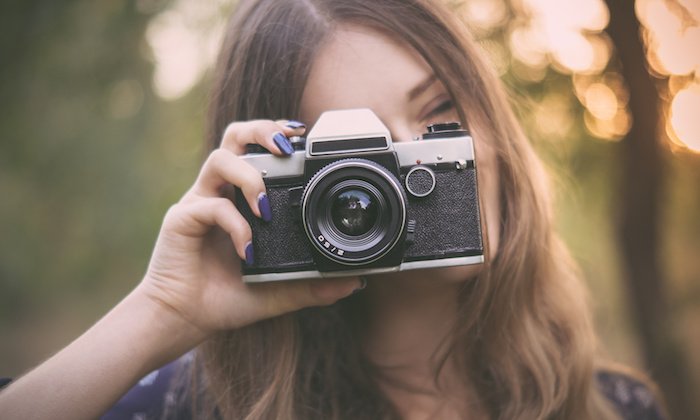

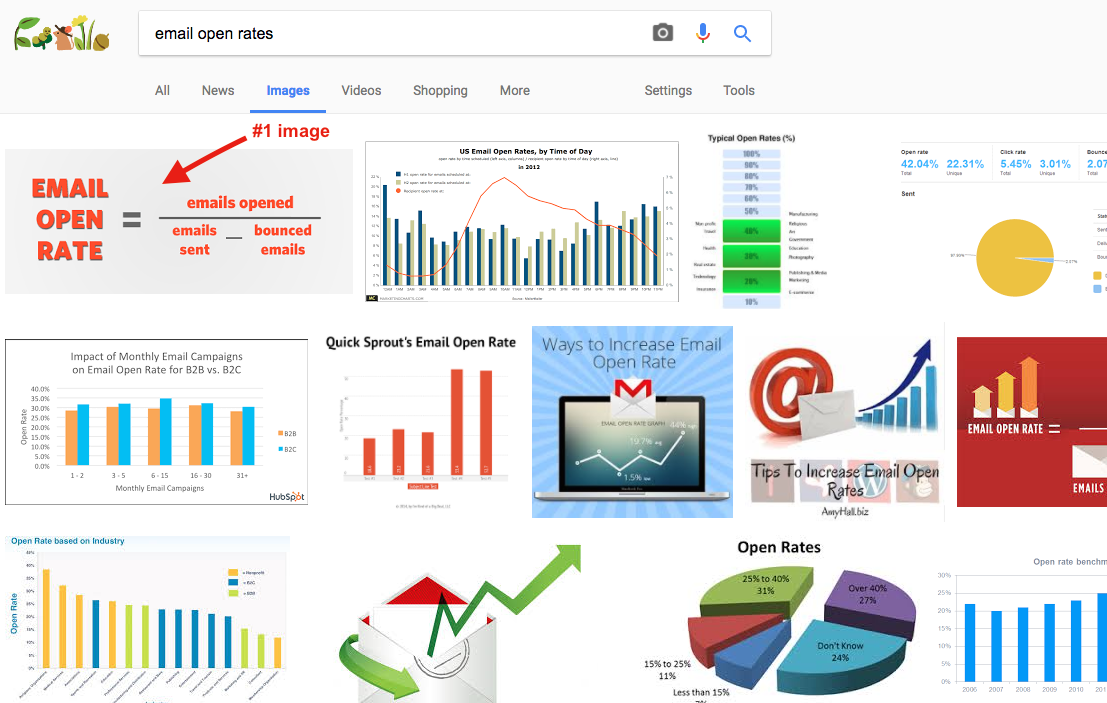
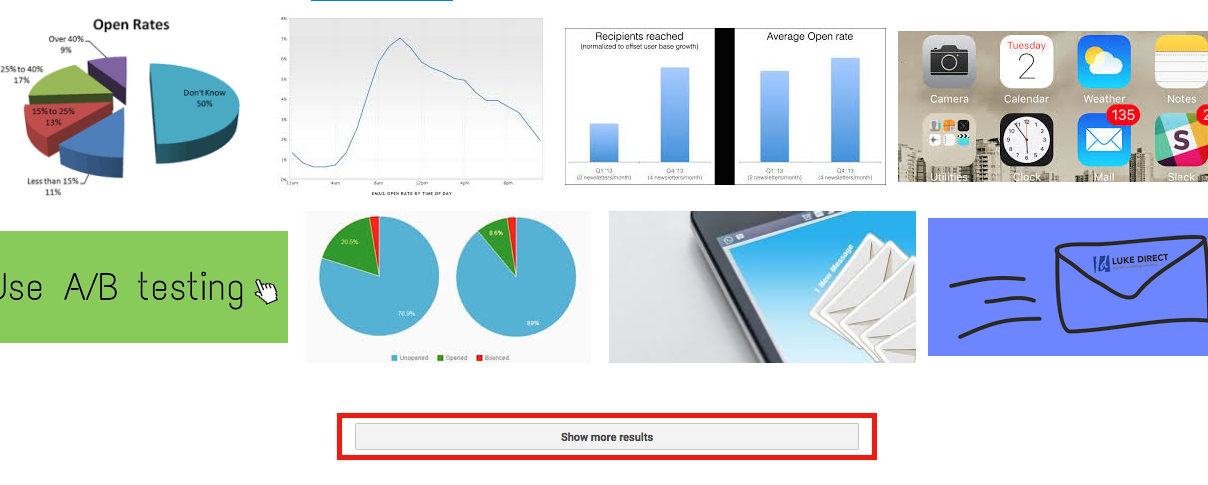



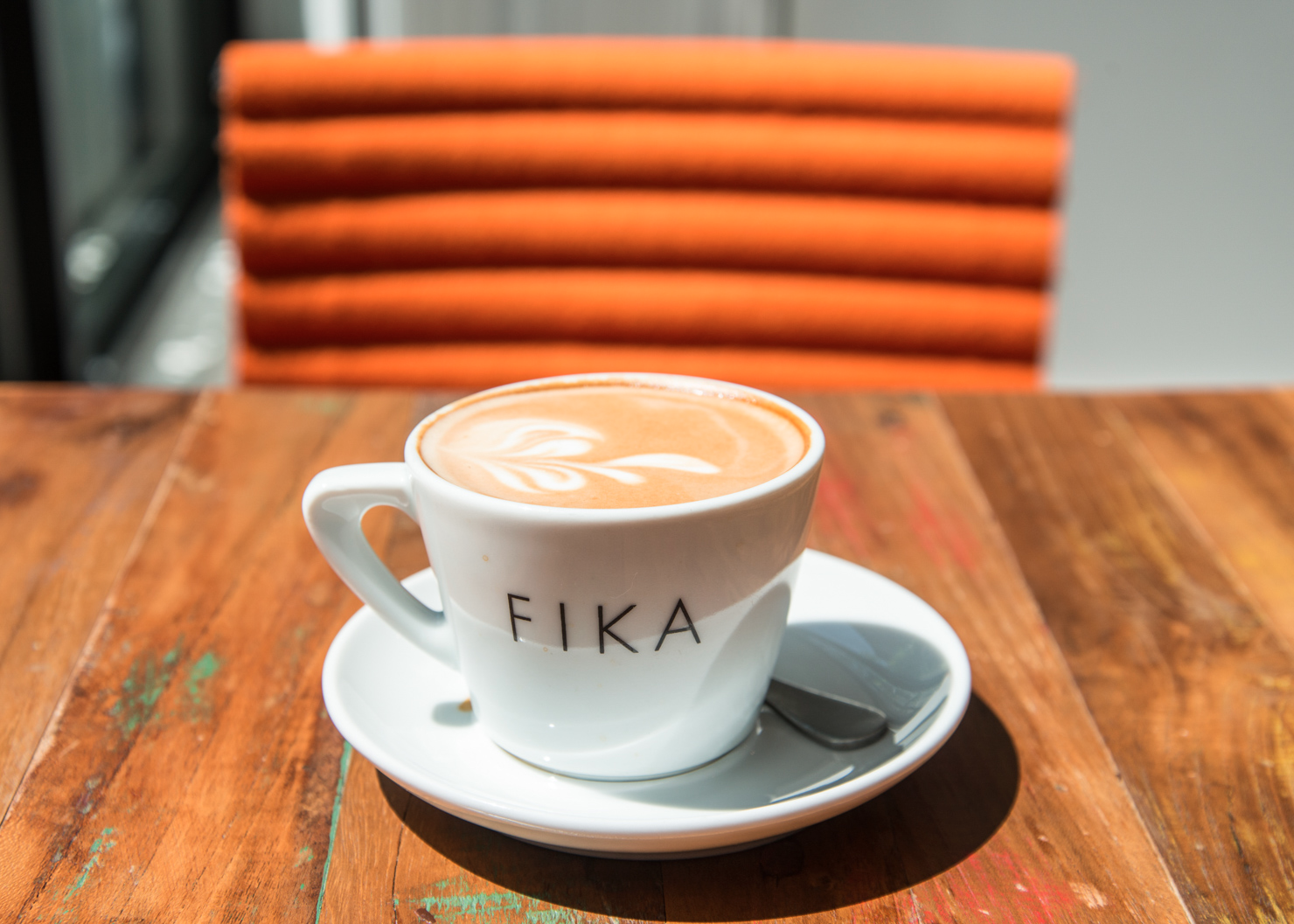




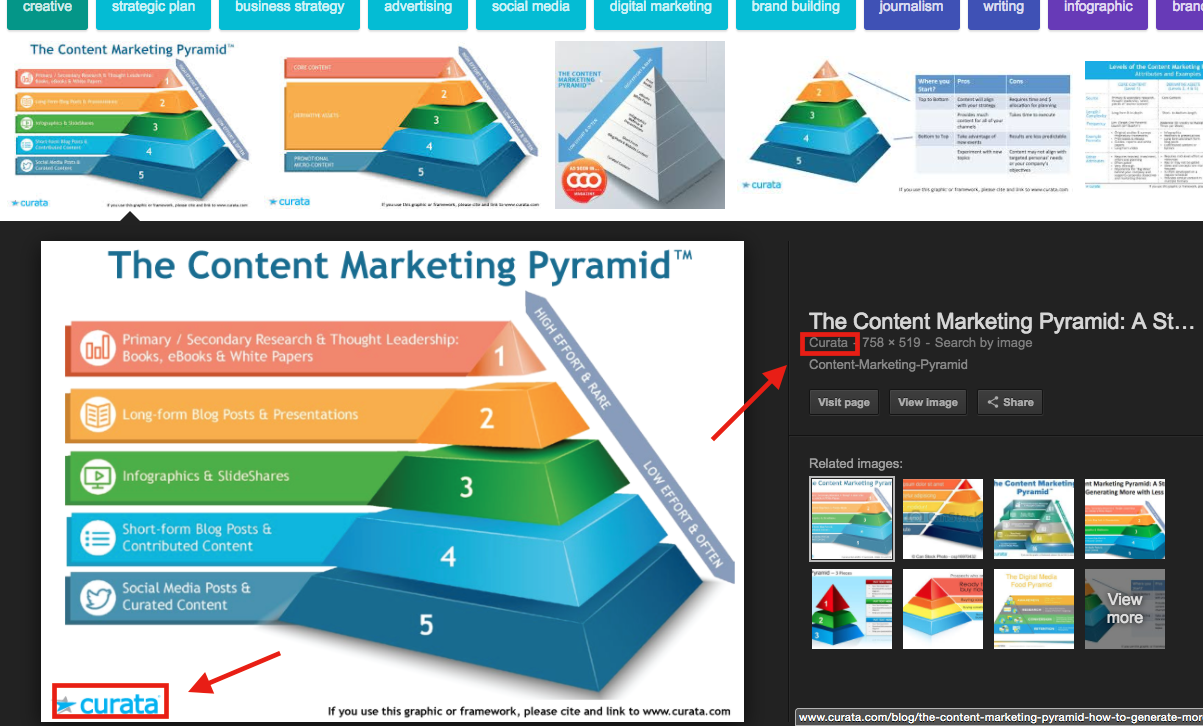
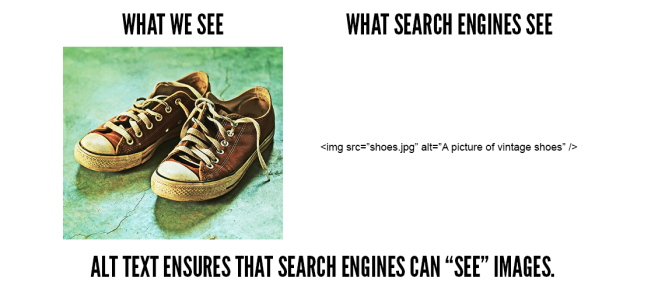

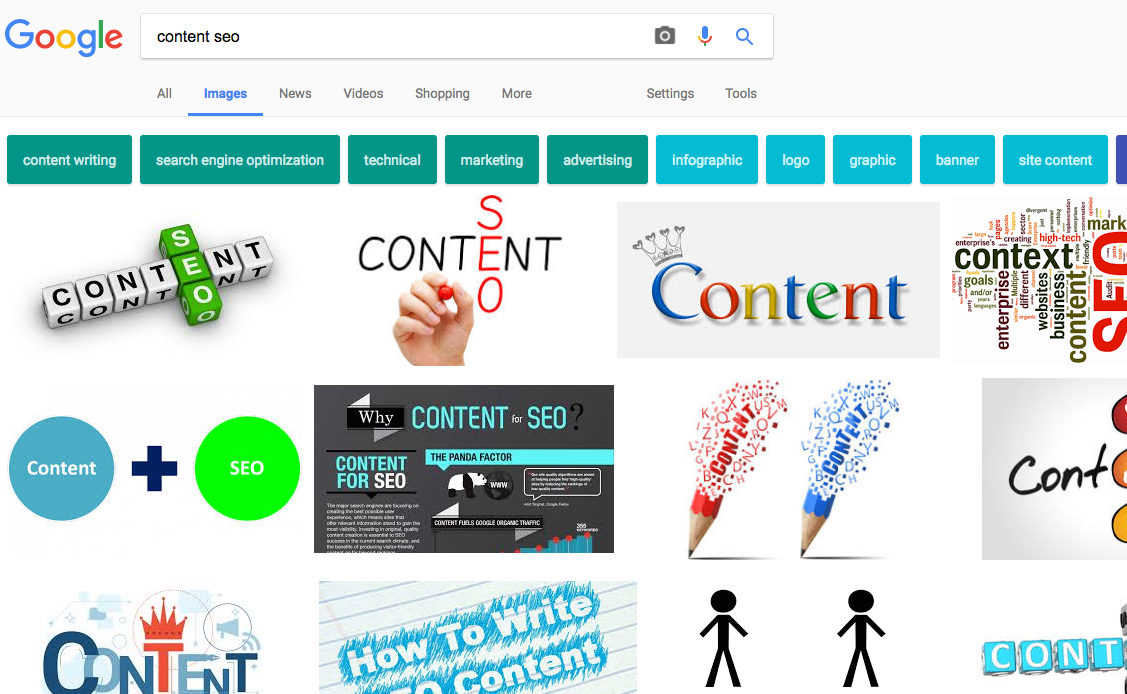
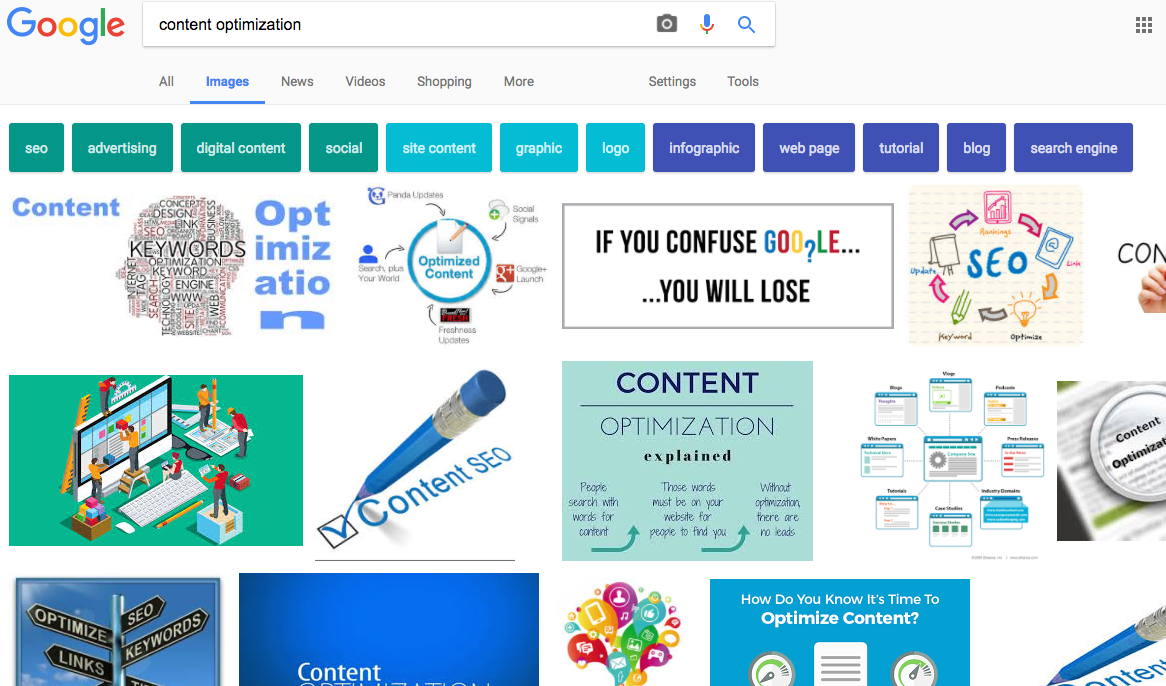







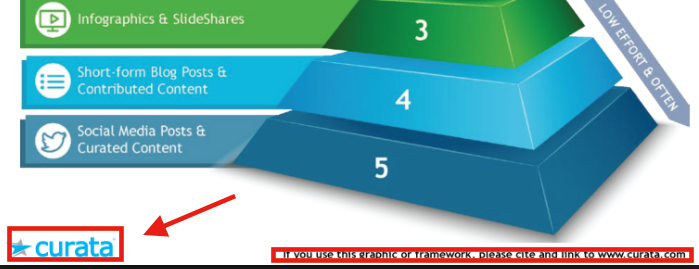


Comments (66)